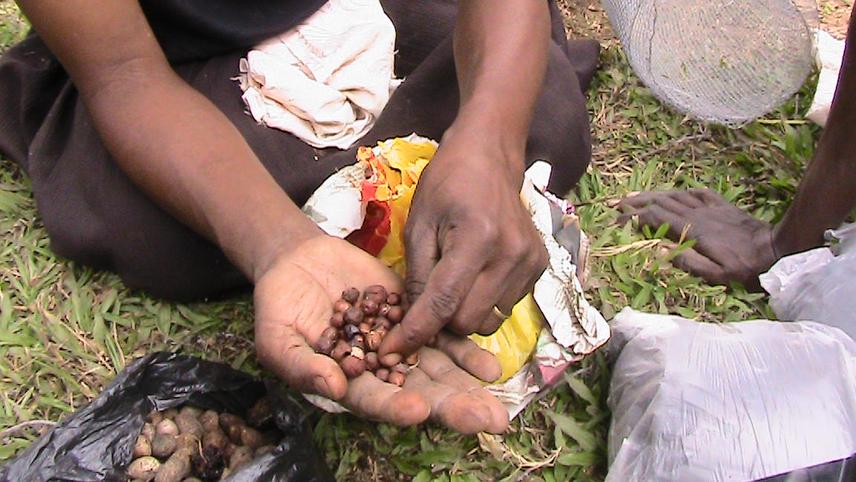Leonard Ssozi
Drawing on the local indigenous knowledge, this project aspires to promote sustainability consciousness in Gombe with the aim of conserving and restoring the family forest groves.

The project will be undertaken in Gombe Sub County in Wakiso District, Uganda, with the aim of promoting the conservation and restoration of family forest groves while encouraging sustainable harnessing of the resources therefrom. Conservation efforts will be anchored on the local indigenous knowledge.
For centuries, indigenous Baganda sustainably maintained family ‘sacred’ groves which served as sources of firewood, herbs and as places for spiritual reflection and meditation. Generally, these groves served both cultural and environmental purposes. However, due to forces globalisation, poverty and population pressure, the ecological importance of the groves has increasingly diminished which probably explains why there are adverse climatic changes in the sub-county.
The project will offer sustainability literacy and consciousness to the communities by embedding indigenous knowledge/ traditional conservation approaches into contemporary conservation techniques. It is hoped that this knowledge will act as a spring board for ecological sustainability within the sub-county. In a bid to counter over dependence on the forest groves for fuel and timber, the project will equip people with other income generating skills, particularly apiculture and sustainable trade in herbs. In addition, the project will train communities how to make affordable energy saving stoves and the use of biogas with intent to counter tree cover depletion. In addition, the community will be taught how to locally manufacture charcoal briquettes from banana peelings and other wastes. These briquettes are a clean and affordable fuel for home use.
It is hoped that the practice of sustainable harnessing of the forest grove resources will become a way of life among the people of Gombe. Furthermore, there will be adequate supply of herbal resources and other forest products. The project is expected to realise a positive outcome in terms of improved biodiversity (forest groves are a habitat to insects, birds, reptiles and mammals), improvement in the soil structure and fertility as well as improved human well being through sustainable access to products such as firewood and fruits. The increased tree cover will certainly contribute to rain formation and carbon sequestration. Although the increased tree cover is anticipated to increase bird pressure on the crops, the overall effect thereof is not as hazardous as the climatic effects of deforestation.
Tree foliage is a good quality feed for livestock and is particularly beneficial during the dry season. The project is thus expected to improve livestock feed availability and animal welfare. Improvement in community well being is expected as a result of adoption of other income generating activities.
Lastly, emissions from wood stoves such as: carbon monoxide, particulate matter and nitrogen oxides that are carcinogenic, are expected to tremendously reduce as a result of use of clean fuels.